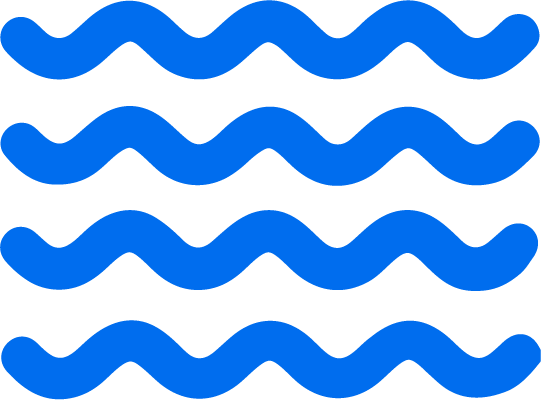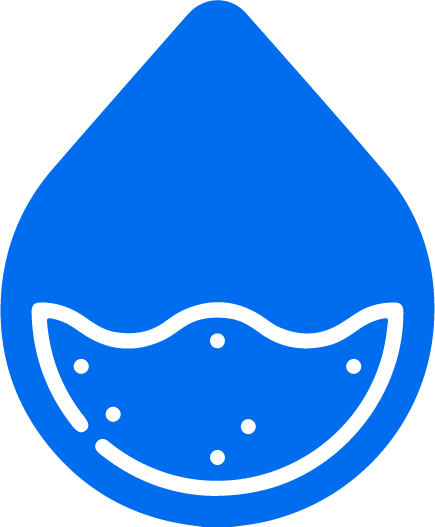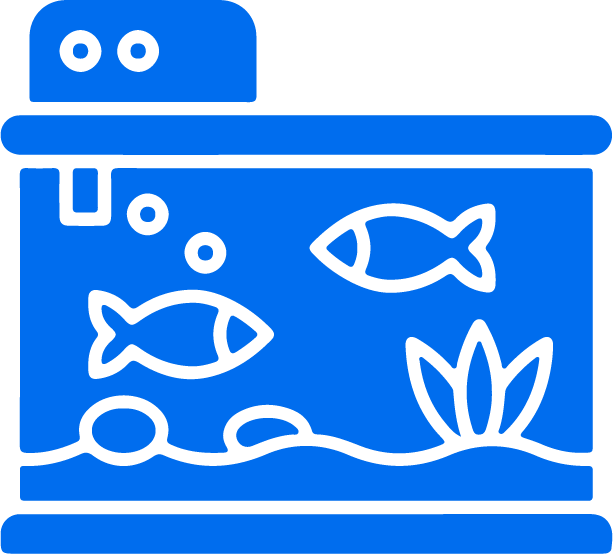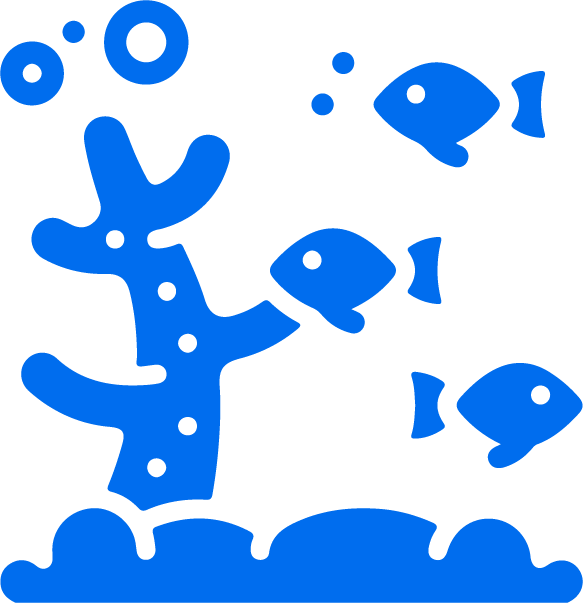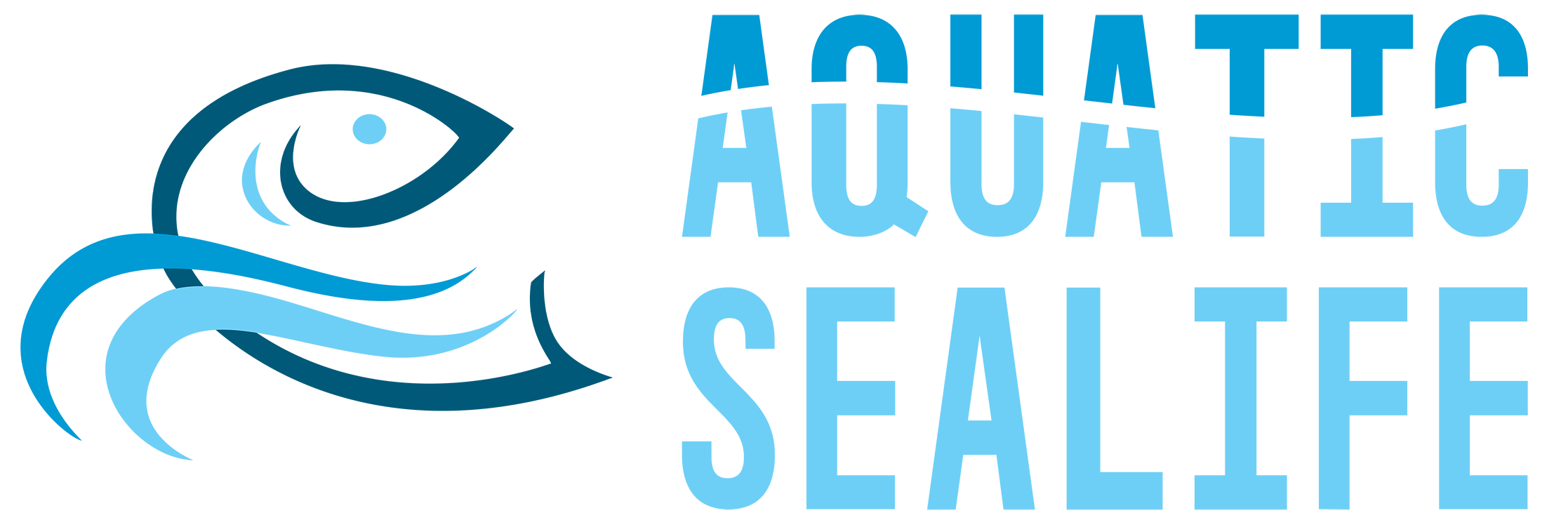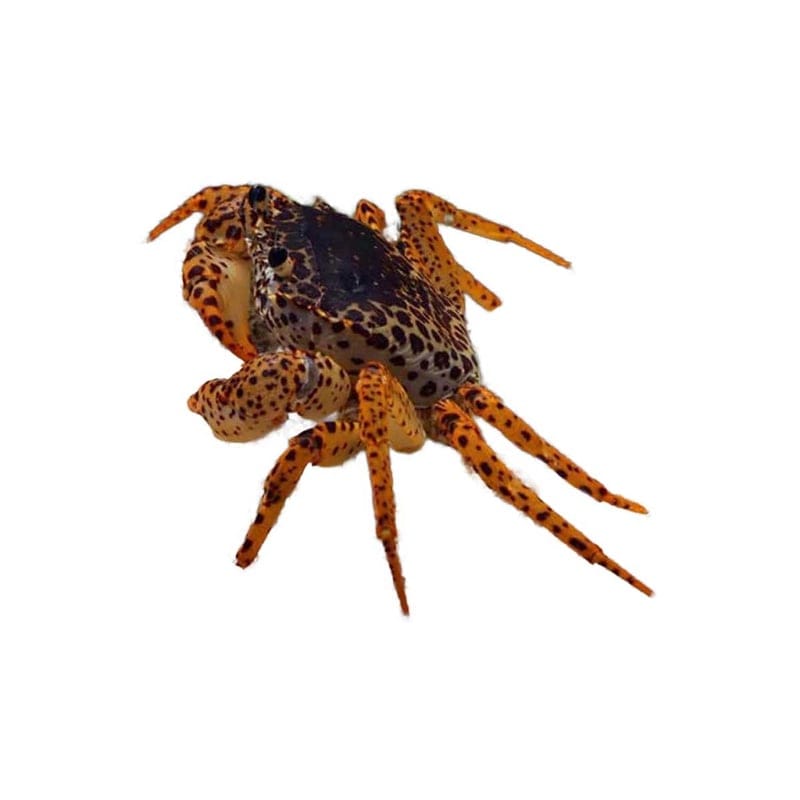Crabs
$16.99
Introducing the Panther Crab (Parathelphusa pantherina), a fascinating and unique addition to any aquarium. With its beautiful black and orange coloration resembling a panther, this crab […]
$26.99
Introducing the Anemone Crab, also known as the Porcelain Crab or Spotted Anemone Crab (Neopetrolisthes Ohshimai)! This captivating creature is sure to add a touch of […]
$6.99
Looking to add a splash of vibrant color to your aquarium? Look no further than the Red Claw Crab! With its stunning red and orange hues, […]
$3.99
$24.99
Introducing the captivating Pom Pom Crab, also known as Lybia tesselata, a true treasure for any marine enthusiast! These delightful creatures are sure to steal the […]
$19.99
Introducing the Halloween Vampire Crab (Geosesarma bicolor), a truly unique and captivating addition to any aquarium or terrarium. With its striking appearance, featuring vibrant orange and […]
Call for Price
The Electric Orange Hermit Crab is a species of hermit crab that is native to the Indo-Pacific region, including the waters of Indonesia, the Philippines, and the Great Barrier Reef. As its name suggests, it has a bright orange coloration that is accented by electric blue stripes on its legs and claws. This species of hermit crab is known for being quite active and social, and it is often seen scurrying around the bottom of the aquarium in search of food. It is also a relatively hardy species, which makes it a popular choice for both beginner and experienced aquarium enthusiasts. In terms of care, Electric Orange Hermit Crabs require a well-maintained aquarium with plenty of hiding places and a varied diet that includes both meaty and vegetable-based foods. They also require access to both fresh and saltwater, as they need to periodically soak in saltwater to keep their gills moist. Additionally, they will need a variety of shells to choose from as they grow, as they will outgrow their current shell and need to find a new one to inhabit.
Call for Price
The Dwarf Yellow Tip Hermit Crab, also known as the Yellow Leg Hermit Crab, is a small crustacean commonly found in marine aquariums. It has a bright yellow color on the tips of its legs, which is where it gets its name. These hermit crabs are scavengers and will eat a variety of foods, including algae, detritus, and uneaten food. They are also known for their ability to help keep the aquarium clean by removing debris from the sand and rock. The Dwarf Yellow Tip Hermit Crab is a peaceful creature and is safe to keep with other non-aggressive invertebrates and fish. It requires a well-established aquarium with plenty of hiding places and a variety of food sources. These hermit crabs are known to be proficient climbers and will often climb rocks and other structures in the aquarium. They are also known to be escape artists, so it is important to make sure the aquarium is well secured.
Call for Price
Scarlet Reef Hermit Crabs, also known as Red Legged Hermit Crabs, are a popular species of hermit crab often kept in saltwater aquariums. They have bright red or orange legs with a spotted, hairy shell. These crabs are active scavengers and are often seen roaming around the aquarium floor searching for food. They are generally considered to be reef-safe, as they will not harm coral or other invertebrates. However, they may occasionally attack and eat small snails or other small animals, especially if they are hungry. These hermit crabs require a good amount of calcium to maintain healthy shells, so it is important to provide them with a calcium-rich substrate such as crushed coral or aragonite sand. They also prefer a moderate to high water flow and a temperature range of 72-78°F. In terms of feeding, Scarlet Reef Hermit Crabs are omnivores and will eat a variety of foods, including algae, meaty foods, and detritus. They are also known to scavenge for leftover food and debris in the aquarium.
